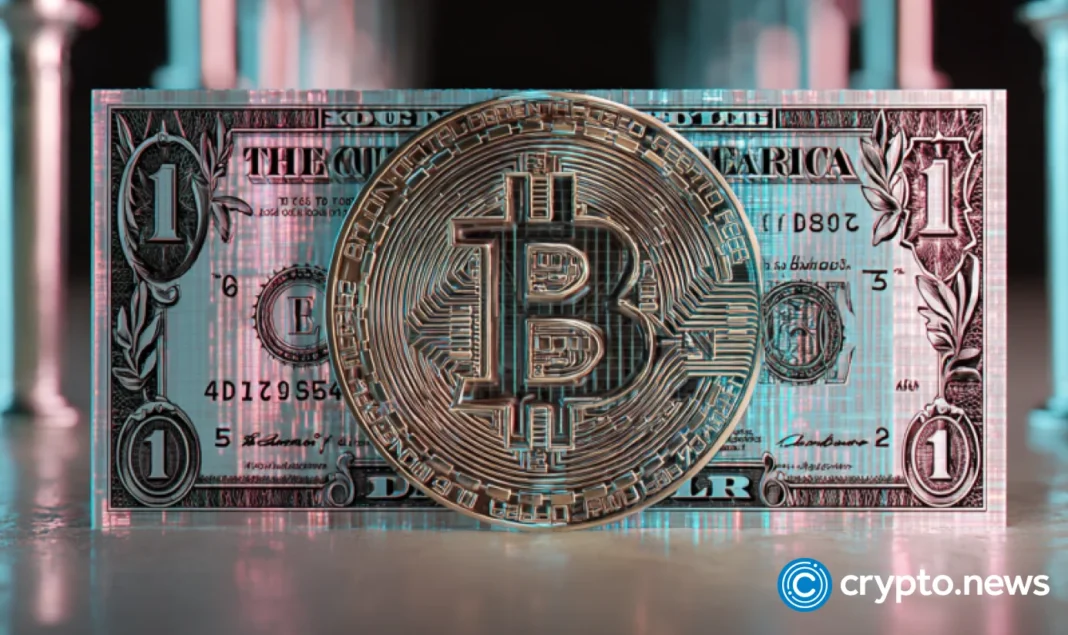Market Pulse
The convergence of traditional finance (TradFi) with the burgeoning world of blockchain technology is manifesting in one of the most transformative trends: the tokenization of Real-World Assets (RWAs). This paradigm shift involves representing tangible and intangible assets—from real estate and fine art to commodities and private equity—as digital tokens on a blockchain. As the crypto ecosystem matures, the appeal of bringing illiquid, high-value assets onto distributed ledgers is gaining unprecedented traction, promising enhanced liquidity, transparency, and fractional ownership opportunities that could fundamentally reshape global financial markets.
What Are Real-World Assets (RWAs)?
Real-World Assets encompass any asset that exists outside the native digital realm of cryptocurrencies and can be assigned monetary value. Traditionally, these assets are held in conventional legal and financial structures, often suffering from illiquidity, opaque ownership, and high transaction costs. Tokenization provides a cryptographic bridge, linking these physical or contractual assets to the blockchain.
- Real Estate: Commercial properties, residential homes, land parcels.
- Commodities: Gold, silver, oil, agricultural products.
- Fine Art & Collectibles: Paintings, rare artifacts, luxury goods.
- Financial Instruments: Private debt, equities, bonds, invoices.
- Intellectual Property: Patents, copyrights, royalties.
The Transformative Power of Tokenization
Tokenizing RWAs extends the benefits of blockchain technology—such as immutability, transparency, and programmability—to a vast new class of assets. This process involves creating a digital representation, or token, on a blockchain that corresponds to an underlying real-world asset. This token can then be traded, fractionalized, and managed with the same efficiency as native digital assets.
- Enhanced Liquidity: Breaking down large assets into smaller, tradable tokens makes them accessible to a wider pool of investors, increasing market depth and ease of exit.
- Fractional Ownership: Investors can own a percentage of a high-value asset, democratizing access previously limited to accredited or institutional players.
- Increased Transparency: Blockchain’s distributed ledger provides an immutable record of ownership and transaction history, reducing fraud and counterparty risk.
- Operational Efficiency: Smart contracts can automate various processes, such as dividend distribution, voting rights, and compliance checks, reducing administrative overhead and settlement times.
- Global Accessibility: Lower barriers to entry allow international investors to participate in markets they might otherwise find difficult to access.
Institutional Adoption and Market Developments
The interest in RWA tokenization is not limited to crypto-native projects; traditional financial institutions are increasingly exploring and investing in this space. Major banks and asset managers recognize the potential to streamline operations, create new revenue streams, and cater to a new generation of investors. Platforms dedicated to RWA tokenization are emerging, providing the necessary legal, technical, and compliance infrastructure. This institutional embrace is a strong signal of the technology’s long-term viability and potential for mainstream integration.
Challenges and Regulatory Landscape
Despite the immense potential, RWA tokenization faces significant hurdles, primarily in the regulatory and legal domains. Establishing clear legal title and enforceability of tokenized assets across different jurisdictions remains complex. Furthermore, ensuring that the digital token accurately reflects the underlying physical asset requires robust legal frameworks and reliable oracle solutions. Addressing these challenges is paramount for broader adoption and requires collaboration between technologists, legal experts, and policymakers.
Conclusion
The tokenization of Real-World Assets represents a pivotal moment in the evolution of both blockchain and traditional finance. By unlocking liquidity, democratizing access, and enhancing efficiency for a diverse range of assets, RWAs are poised to bridge the divide between these two worlds. While regulatory clarity and robust legal frameworks are still developing, the trajectory towards a more transparent, efficient, and globally accessible financial system powered by tokenized RWAs appears irreversible. As innovative solutions continue to emerge, the full economic impact of this convergence is only just beginning to unfold.
Pros (Bullish Points)
- Unlocks vast pools of liquidity for illiquid real-world assets, making them more accessible.
- Democratizes investment by enabling fractional ownership of high-value assets for a broader investor base.
Cons (Bearish Points)
- Regulatory uncertainty and a lack of standardized legal frameworks pose significant hurdles to widespread adoption.
- Reliance on reliable oracles and robust legal agreements linking digital tokens to physical assets introduces potential risks.
Frequently Asked Questions
What does 'tokenization' mean in the context of Real-World Assets?
Tokenization is the process of representing ownership rights of a tangible or intangible real-world asset as a digital token on a blockchain, enabling fractional ownership and transparent transfers.
What types of assets can be tokenized as RWAs?
Virtually any asset with monetary value can be tokenized, including real estate, commodities like gold, fine art, private equity, debt, and even intellectual property.
What are the primary benefits of RWA tokenization?
Key benefits include enhanced liquidity for illiquid assets, fractional ownership for investors, increased transparency through blockchain ledgers, and greater operational efficiency via smart contracts.



